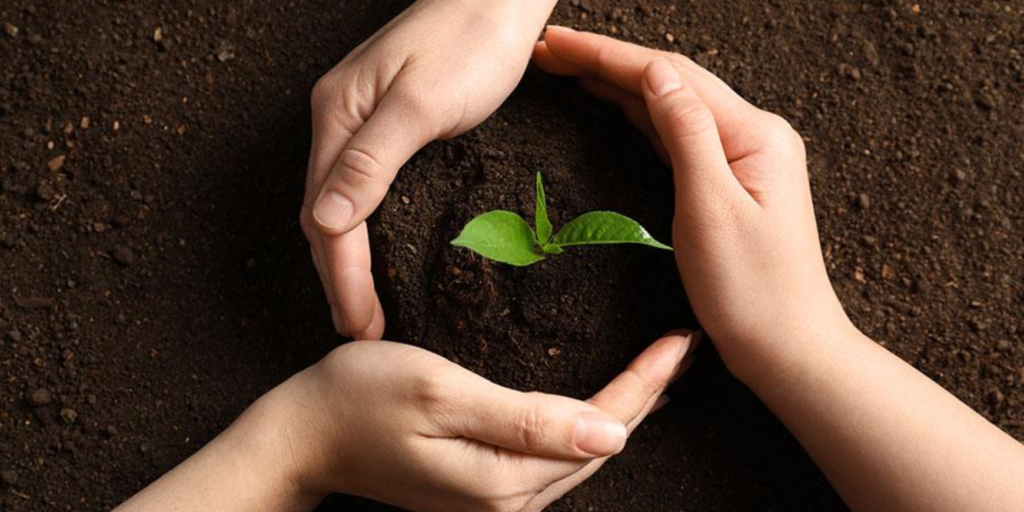Soil is an invaluable resource that sustains life on Earth. Sadly, it is often overlooked and taken for granted. It’s time to recognize the significance of soil conservation in preserving our natural environment. In this article, we will explore the importance of soil conservation and its impact on nature.
Why Soil Conservation Matters
Soil conservation plays a vital role in maintaining the delicate balance of ecosystems. By preventing soil erosion and degradation, we can protect the biodiversity of our planet. Let’s delve into the key reasons why soil conservation is essential:
- Sustainable Agriculture
Healthy, fertile soil is the foundation of agriculture. By implementing soil conservation practices, we ensure that our farmland remains productive for future generations. Practices such as contour plowing, terracing, and cover cropping help prevent soil erosion and maintain its nutrient content.
- Water Conservation
Soil acts as a natural filter and reservoir for water. When soil is healthy and well-conserved, it can efficiently absorb rainwater, reducing the risk of flooding and soil runoff. Conserving soil prevents water pollution by minimizing the amount of sediment and harmful chemicals entering our water bodies.
- Carbon Sequestration
Soil plays a significant role in carbon sequestration, the process of capturing and storing carbon dioxide from the atmosphere. Healthy soil, rich in organic matter, acts as a carbon sink, helping mitigate climate change by reducing greenhouse gas emissions.
Effective Soil Conservation Techniques
Now that we understand the importance of soil conservation, let’s explore some effective techniques that can be employed:
- Crop Rotation
Regularly rotating crops helps maintain soil fertility by diversifying nutrient demands and preventing the build-up of pests and diseases. Different crop types have varied nutrient requirements, and rotating crops ensures the soil’s resources are used efficiently.
- Mulching
Mulching involves covering the soil with organic materials such as straw, leaves, or wood chips. This protective layer helps retain moisture, prevent erosion, suppress weed growth, and improve soil structure and nutrient content.
- Terracing
Especially in hilly areas, terracing is an effective technique to prevent soil erosion. By creating flat platforms on slopes, it slows down water runoff, allowing it to infiltrate the soil and reducing erosion caused by heavy precipitation.
The Time to Act is Now
Soil conservation is an urgent matter that requires our immediate attention. We must strive to educate ourselves and others about the importance of preserving soil for the sake of our planet’s future. Together, we can make a difference and ensure a sustainable environment for generations to come.
Let’s take action and implement soil conservation techniques in our daily lives. By doing so, we contribute to the protection of nature, safeguard our food security, and combat climate change. The time to act is now!

